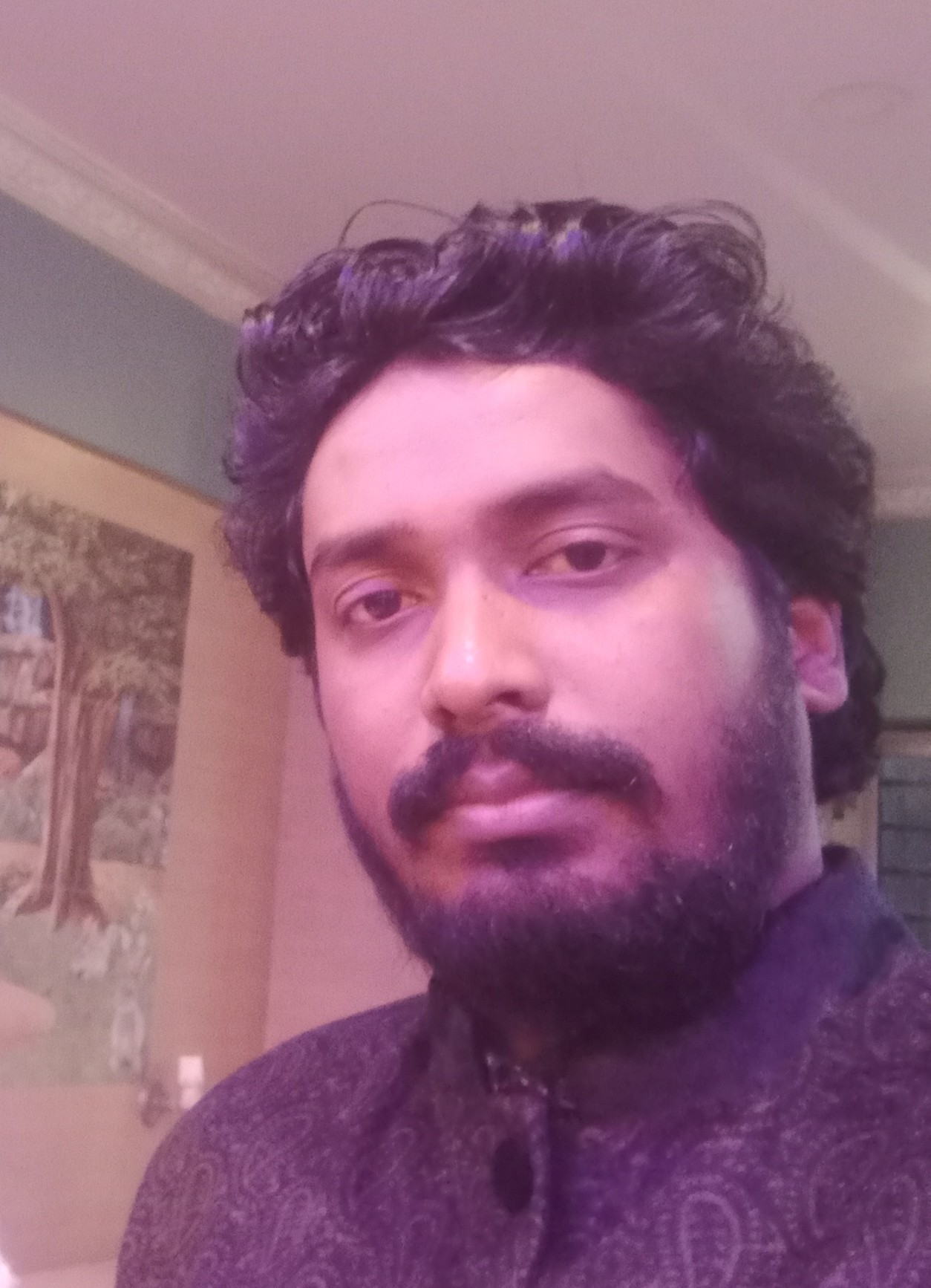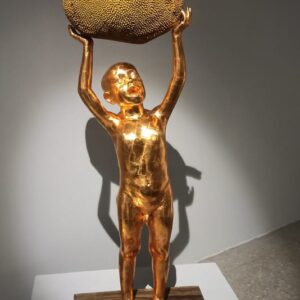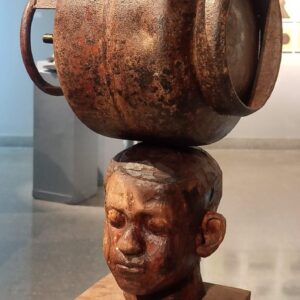Showing all 2 results

Born
02,11,1991
Education
BFA (Sculpture) Rabindra Bharati University,2016.
MFA (Sculpture) Rabindra Bharati University,2018.
Exhibition
Emami Chisel Art Exhibition,2017.
Birla Acadami Annual Exhibition 2017,2018,2019,2021.
State Acadami Annual Exhibition,2017,2018.
Studrnts Annual Exhibition 2014,2015,2016,2017,Gallary 88,2018.
Awards
Rabindra Bharati University Annual Exhibition 2016.
West Bengal State Academy Cirtificate of Merit 2016.
Academi of Fine Art Annual Exhibition 2019.
Rajya Charukala Parshad 2020.
Birla Academy of Art and Culture 2021.
Artist Statement
Most of my compositions came from my practice of looking at the figure as a central motif. Studying the human head gives me an opportunity to simultaneously examine the anatomical specifications, physiognomy and psychology of the face. Bringing this knowledge within the periphery of creative compositional practice, at times, I use accessories like the face cover cap etc. to simultaneously indicate the human head and negate the portrait in order to build an artistic ambiguity. An extension of this approach gets manifested in the figure of teen bodies which are partly covered by small specs of regular shaped metal sheets to negotiate with naturalistic delineation of the figure for the presence of the material.
The proposed work is also a continuation of my practice of responding to the complexities and challenges whiledepicting the human figures. The adolescence always comes with a vulnerable awkwardness which is accentuated when presented in reclining nude and positioned with a sense of alienation. These attributes voluntarily surface a poignant feeling, as I enhance and regulate the sensuality of the nude through the meticulous treatment of its surface. The deliberate use of metal foils brings about and opulence, uncharacteristic of the monkey capped naked male. This conflicting tension convey a sense of romanticism associated with the ancient arts of religious significance. The icon here has been framed within the context of the ordinary to build and excitement involved in the figure and the depiction of it.
A keen observation with a cultivated craftsmanship plays a vital role as I come from a village of the traditional, indigenous, religious icon and idol makers in the south-eastern part of West Bengal. I try to reconsider,my experience of closely observing the production of the mythological iconographies, through my lately developed academic and critical vision. This is basically tofind out the areas of compatibilities between the two and also to bring this craftsmanship out of the socio-religious associations and attribute a secular, more contemporary content.


